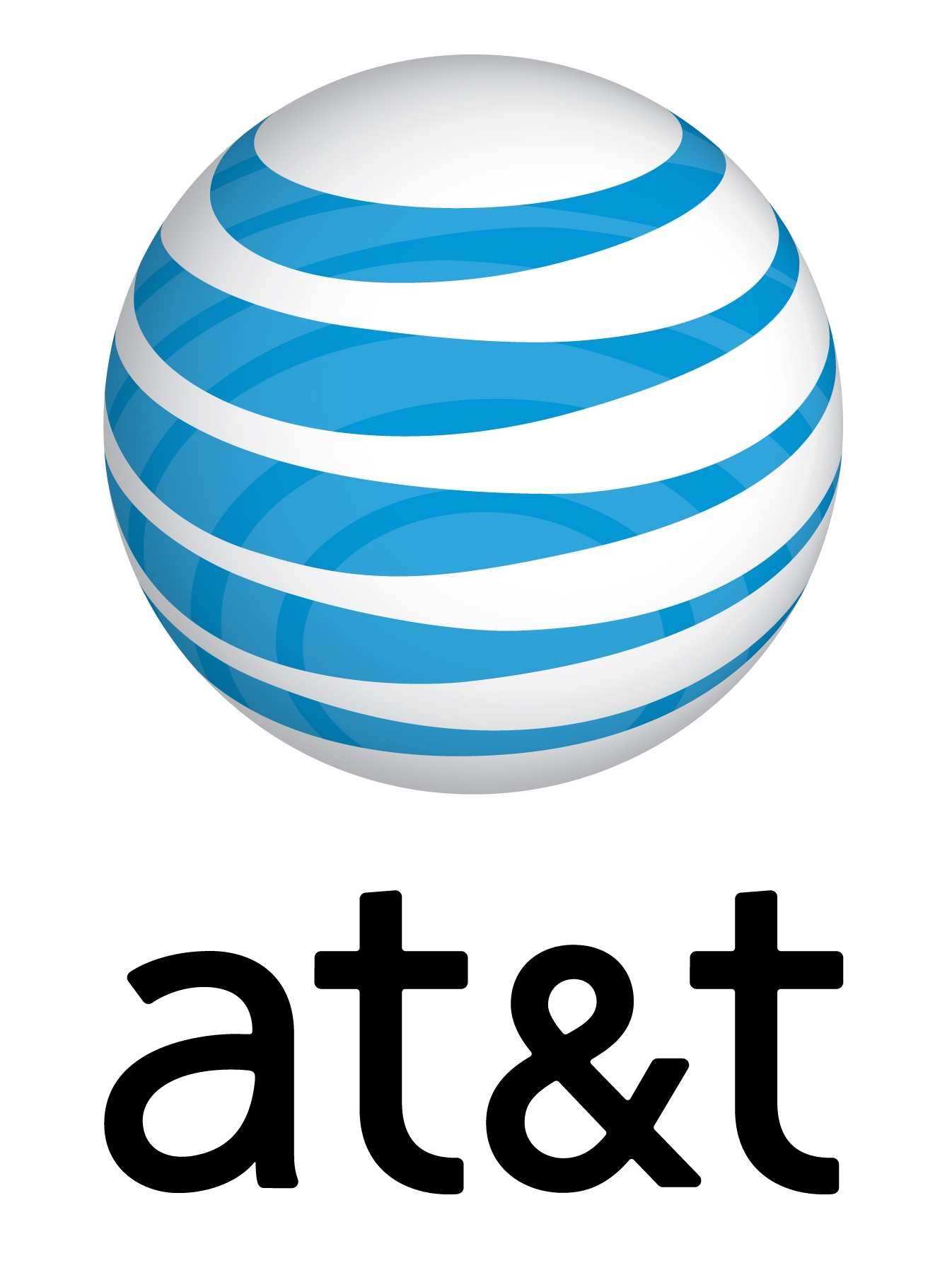Check Your Tech: Considerations to Make When Launching Apps Worldwide

Navigating different business practices across various cultures can be a trying task for any company expanding globally. For tech companies, this also means coping with different Internet connections from multiple service providers. Success or failure can depend on a company's ability to quickly adapt and prepare for the unexpected.
South Korea, for example, is well known for having the world's fastest Internet connections, with speeds averaging around 25 mbps and higher. The next closest country on the list, Hong Kong, averages around 16mbps and the United States is farther behind at 11mbps.
Developing an application in a country like South Korea, where performance is maximized, can present a challenge when that app has to be tested in a country with less optimal Internet speeds such as the United States. With my own company, I never considered the effects of living in a city that had varying degrees of Internet speed and connectivity, but it turned out to be a huge factor in AireLive's success.
Adapting to Slow Network Speeds
AireLive was conceived with the notion that we wanted to develop one platform that offers many different features and functionalities. Because AireLive's convergent platform processes images, text and videos, there was utmost emphasis placed on the processing speed and stability. We were fortunate enough to have a fairly seamless development process, and we certainly credit building the app with South Korea's optimal Internet connections for that.
When we took the app to the U.S we began conducting multiple field tests across the country and quickly realized that the multitude of Internet connections and phone carriers available would have a profound impact on our app's functionality. .
We also realized the uploading speed for videos in the United States was slow and unstable, so we had to fine-tune our Web servers and the operating system kernel parameters to optimize the app for American users. Today we're still always testing different ways for our users to upload videos to identify the most efficient process. From allowing them to access the nearest servers from their locations to offering the fastest network route for data transmission.
It also became apparent that U.S. users would not be able to watch videos with the same quality as Korean users because of the slower connections. For videos originating from South Korea, the South Korean Internet service providers (ISPs) pay overseas telecom operators who typically do not guarantee any particular level of service and performance of data transmission. To ensure faster and more stable video streaming while simultaneously minimizing the retransmission of data to the origin servers, we had to segment data before transmission and utilize cached and partial of cache (POC).
In a slow network environment, we saw increased requests for data retransmission and disrupted broadcasts, which we stabilized by manipulating the data size from both the receiving and transmitting ends. For optimal viewing of a live broadcast, we decided to do away with operating system driven protocols (RTSP for Android, RTMP for PC and HLS for IOS which made global transmission of live broadcast impossible), and employed one integrated "HLS" protocol instead. By using the integrated HLS protocol and multi-origin setting, we were able to broadcast without restrictions on the number of viewers or the number of broadcasts per user. After making those adjustments, we reached full optimization of video viewing by implementing an adaptive streaming of HLS protocol.
Services by Different Carriers
Once we addressed our app's technology, we decided to test the app on multiple devices from a variety of mobile carriers. This was new for me, because as a Korean I would never think twice about my mobile carrier, as our high-speed Internet connections allow for seamless app function regardless of service provider. However, knowing what a significant impact mobile carrier can have on app functionality in the U.S., we decided it was essential to test AireLive's functionality on multiple devices across several carriers in order to get a clear sense of where we needed to improve our technology.
First, we had our research and development team access our computer in our U.S. headquarters to conduct preliminary troubleshooting. To improve service speed, we focused on the optimization of image size and data capacity as well as compression of data. After testing the computer system in the U.S., our team traveled to different parts of the country to conduct numerous field tests, where we were able to identify and troubleshoot many potential issues before the market launch of AireLive in March 2015.
Finally, I brought our research and development team to the U.S. again to retest our servers and make sure they operated per company standards. Because of all the time we spent in the field, our team better understood how the U.S. network environment really fluctuates, based not only on geographic location, but also on how the surge of users at certain times of day. This allowed us to correct minor issues and zero in on the optimization of our servers, thus fine-tuning the app for an exceptional user experience.
Bringing AireLive to the United States and optimizing our technology accordingly was a tremendous learning experience. Any other companies considering global expansion should consider the following:
(1) It could be worthwhile to open a research and development center in the country you're looking to expand into it is very important to keep the location of system architecture close to the target users, to better understand the environment and to ensure optimal app functionality. Having a team on the ground testing U.S. Internet connections consistently gave us a much better sense of the differences and potential hurdles that were ahead. Keep the protocols and system architecture standardized and simple, and consider using cloud services in your system.
(2) In large countries like the U.S. network speeds largely depend on cellular carriers. It is imperative that you test all of these carriers with multiple devices, to get a full understanding of how your app will function.
Although it can be challenging, optimizing a mobile app for users in locations with slower Internet connectivity allows for easier future expansion. It's easy to optimize technology when you're working off of the fastest connections in the world, but it's essential that your app can perform in all environments. When developing mobile technology, focus on minimizing and standardizing communication with servers and utilize the local caching and data base (DB). Process any out-of-sync communications and abnormalities promptly and accurately by allocating an appropriate balance of client servers.
(3) Get to know your users. We found that U.S. users are much more forgiving of slow download speeds. They are accustomed to spotty service and are much more tolerant of it when compared to Korean users who tend expect to have fast, reliable Internet speeds. Don't expect your app to function as well as it does in a region with exceptional Internet connections, those users won't expect it either.
AireLive's founder and CEO, David Jun, is a Korean tech veteran who spent a decade working for Samsung at its Korean headquarters, and is a recognized innovator in his home country.
Subscribe to Our Newsletter!
Latest in Mobile Marketing










